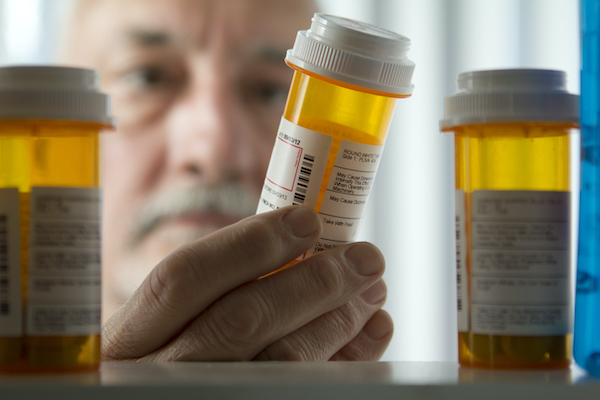Prescription drug abuse is a huge problem in the U.S. From stimulants to prescription painkillers and everything in between, there are literally thousands of medications that can be abused.
Unfortunately, prescription opioids have emerged as a huge problem in the past decade. If you or someone you love has been abusing opioids, then you know just how dangerous and addictive these drugs are.
No matter what kind of medication is involved, prescription drug rehab is the only viable option when it comes to dealing with this issue. If you’ve never been to rehab, you are probably wondering what it’s all about.
Keep reading to learn more about prescription drug treatment options, including how to find a trustworthy treatment center near you.
What are the Different Types of Prescription Drug Rehab Programs?
As you begin to research treatment options for prescription drug abuse, you will find that there are two main types of rehab programs: Inpatient/residential rehab and outpatient care. Outpatient care is a great option for some people, but for most people who are addicted to drugs, it is recommended to go to inpatient rehab first, then continue with outpatient care.
The main difference between inpatient rehab and outpatient care is that inpatient programs allow you to live full-time at the care facility for a period of time. This gives you space from your daily life and lets you completely focus on recovery.
Many patients complete a program at a rehab center, then continue their treatment in outpatient care while living at home. During outpatient care, you go about your daily life and sleep at home, but still receive multiple treatment sessions per week.
So, when it comes to prescription drug rehab, which is better: inpatient/residential treatment or outpatient care? For the vast majority of patients, inpatient rehab is going to be the way to go. Patients who go to rehab have higher success rates down the road.
How Long Does Prescription Drug Treatment Last?
Most people want to know how long their treatment will last. There is no single answer to this question. Treatment times will vary according to each patient’s needs.
Many recovering addicts continue to receive some form of treatment for several years, or even for the rest of their lives. But when it comes to an inpatient rehab program, treatment times are usually much shorter.
A lot of treatment centers offer their services in one-month increments, with popular program lengths of 30 days, 60 days, and 90 days. When you are choosing a length for your stay at rehab, you should consider that the National Institute on Drug Abuse recommends going to rehab for at least 90 days for best results. Stays that are shorter than 90 days result in higher rates of relapse.
The best advice when it comes to prescription drug treatment times is to try to be flexible. If you choose a 60-day rehab program, you should understand that there is a possibility that you won’t be ready to safely transition back to daily life after that time. Staying flexible with your rehab ensures that you don’t rush things and are able to get the most out of your treatment.
What Happens During Prescription Drug Treatment?
So, what actually happens when someone goes to rehab? The fact is, treatment plans vary a lot according to each patient’s specific needs. Overall, however, rehab programs should be providing the following elements to patients:
- A safe, sober environment where you can forget about worries and focus on your recovery.
- Access to medical care 24/7/365.
- Supportive activities such as art therapy, yoga, and meditation—which help to quiet the mind and balance the system.
- Evidence-based treatment approaches that are proven to be effective in treating prescription drug abuse.
- Daily routines that can help you find flow and restore balance.
Each day you spend at a rehab center will be structured and set up for your success. Your days will consist of a balance between rest and hard work addressing your addiction.
After inpatient rehab, you will probably transition to an outpatient program while you live at home. The treatments you started at rehab, such as counseling and medication, are likely to continue during outpatient care. This is called a continuum of care. It helps create a seamless transition when you leave the support of full-time rehab and helps you to avoid relapse.
Get Help for Prescription Drug Abuse
If you or someone you love has been abusing prescription opioids or similar drugs, you need to act quickly. Even if the problem seems ‘mild’, it can quickly spiral into a dangerous addiction. Risks like overdose, dangerous accidents, and financial troubles all become more likely the more someone abuses a drug.
Finding the right treatment center can be difficult; fortunately, we have created a database of the nation’s top rehab centers. These treatment facilities are well-equipped to handle all aspects of prescription drug abuse so you can get back on your feet. Search our database now to find a treatment center that is a perfect fit for you in the region of your choosing!

